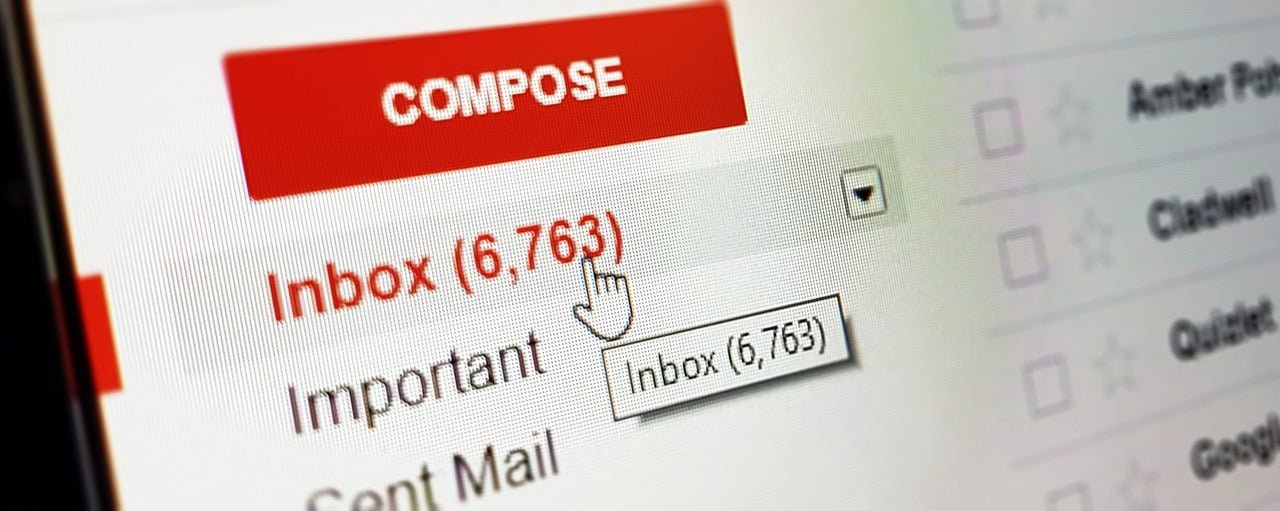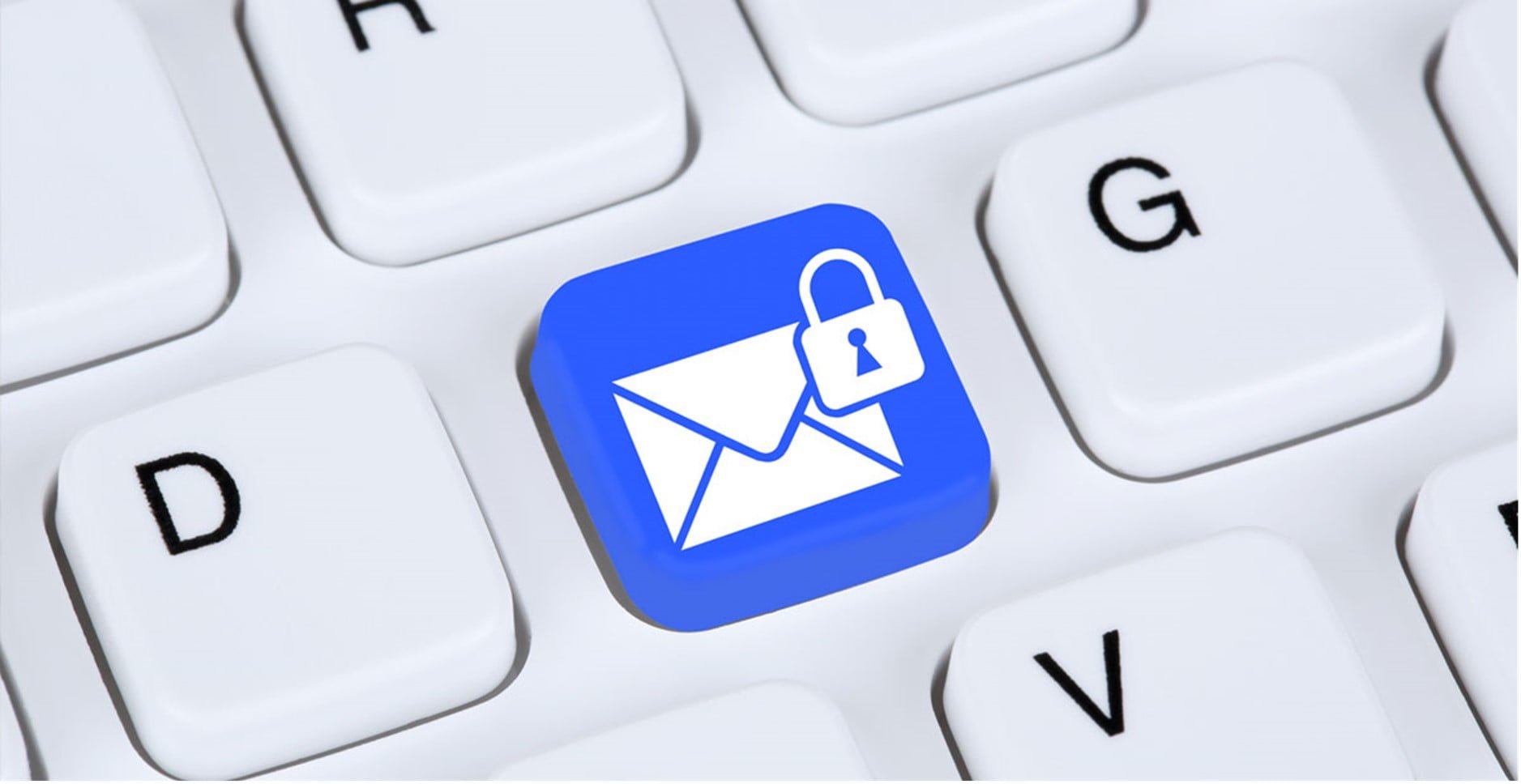

Mastering The Art Of Email Communication
Table of Contents
Email has become an indispensable tool for professional communication in today’s digital age. It offers a convenient, quick, and cost-effective way to communicate with colleagues, clients, and partners across the globe. However, with this ease of access comes the challenge of ensuring that emails are written and received in a professional and effective manner. This is where email etiquette comes in, providing a set of guidelines for writing and receiving emails that are both clear and professional.
In this blog, we will delve into the importance of email etiquette in professional communication and the impact of poor email etiquette. The objective of the blog ‘Mastering The Art Of Email Communication‘ is to provide readers with an understanding of the basics of email etiquette and essential rules for better communication. With the growing reliance on email, it has never been more important to ensure that your emails are written in a manner that is both effective and professional.
You may find interesting and helpful – How to Balance Professional and Personal Life?
https://ehowguides.com/how-to-balance-professional-and-personal-life/
Important rules for mastering the art of email communication
1. Understanding the basics of email etiquette


The basics of email etiquette encompass a set of guidelines for writing and receiving emails that are both clear and professional. Some key elements of email etiquette for mastering the art of email communication include:
A. Personalization:
Infusing a personalized touch in your emails, by addressing the recipient by name, using a personalized greeting and closing, can serve to foster a connection with the receiver and create a warm, welcoming atmosphere. Personalizing emails also exhibits your consideration towards the recipient and their needs, an aspect crucial to the establishment and maintenance of professional relationships
B. Clarity:
The hallmark of an effective email communication is its clarity. Utilizing language that is simple and easy to comprehend, while avoiding technical jargons and convoluted sentences, makes certain that the purpose of the email is comprehended promptly, leading to a prompt and efficient response.
C. Conciseness:
Emails that are succinct and to-the-point tend to be more impactful and easier to digest than their verbose counterparts. By avoiding extraneous details and filler content, concise emails enable the recipient to quickly grasp the crux of the message, leading to a prompt and effective response.
D. Professionalism:
Professionalism is the cornerstone of email etiquette. Emails should be composed, formatted, and written in a professional, respectful, and neutral tone, avoiding slang, emoticons, or overly casual language. Maintaining a professional demeanor in emails can contribute to the formation of positive relationships and guarantee that your messages are well-received, while effectively conveying your intended message.
By understanding and following these basic elements of email etiquette, you can ensure that your emails are well-received and effective in conveying your message. Additionally, incorporating varied sentence structures and vocabulary, as well as incorporating active voice and specific, concrete language, can increase the perplexity and burstiness of your emails.
2. Essential email etiquette rules for better communication


Email etiquette refers to the conventions and norms that guide how we communicate through email in a professional setting. Adhering to these rules can help to ensure that your emails are clear, professional, and well-received. Essential email etiquette rules for mastering the art of email communication include:
A. Creating a strong subject line:
A strong subject line is crucial for ensuring that the recipient quickly understands the purpose of the email and can prioritize it accordingly. The subject line should be clear, descriptive, and concise, and should accurately reflect the content of the email. This helps the recipient quickly identify the email’s importance and respond accordingly.
B. Greeting and closing:
The greeting and closing of an email are important for setting the tone of the message. A personalized greeting, such as “Dear [Name],” can make the email feel more welcoming and friendly. A respectful closing, such as “Best regards,” can help convey professionalism and sincerity.
C. Formatting:
Proper formatting is important for making emails readable and professional. Consider using font style, size, and color that is easy to read, and structure the email in a way that is clear and easy to follow. This can help ensure that the recipient can quickly and effectively understand the content of the email.
D. Tone of the email:
The tone of the email is an important factor in conveying your message and building relationships. It is important to use a professional, respectful, and neutral tone, avoiding slang, emoticons, or overly casual language. The tone of the email should reflect the purpose of the message, whether it is informative, persuasive, or diplomatic. By writing with the right tone, you can help ensure that your emails are well-received and effective in conveying your message.
3. Common mistakes to avoid in email communication


Common email communication mistakes include poor subject line, lack of personalization, unclear language, verbosity, unprofessional tone, excessive use of all caps or exclamation points, responding too fast/slow, not proofreading, and ignoring email threads. To avoid these mistakes, focus on personalization, clarity, conciseness, professionalism, tone, and proofreading. Check and reply to email threads regularly to stay informed. Below are some common mistakes which we should avoid for mastering the art of email communication:
A. Utilizing All Caps or Overindulgent Exclamation Points:
Utilizing all caps or an excess of exclamation points in emails can come across as a cry for attention or aggressive behavior, and can undermine the professional tone and respectability of the message. Instead, adopt a straightforward and neutral demeanor to effectively communicate your point.
B. Responding too Rapidly or Slow:
Reacting hastily to emails can lead to impulsive and cursory replies, while responding too slowly can cause delays or miscommunications. Take the necessary time to meticulously consider your reply, and respond at a pace that is suitable for the situation.
C. Neglecting to Proofread:
Neglecting to proofread emails can result in mistakes or typos that detract from the professional nature of the message. Before sending an email, devote time to thoroughly inspect and proofread it to guarantee its accuracy in conveying your intended message.
D. Overlooking Email Threads:
Overlooking email threads can lead to critical information being ignored, or confusion about the progress of a task or project. Regularly check and reply to email threads to keep updated on the latest developments and information.
4. Advanced email etiquette tips


Advanced email etiquette tips can help you to improve the effectiveness and professionalism of your email communication. Some of these tips include for mastering the art of email communication:
A. Time Management:
Time is a valuable resource, and managing it effectively is crucial for staying on top of email communication. This can encompass strategies such as prioritizing emails, designating specific blocks of time for email, and implementing tools and systems to optimize the email process.
B. Managing Email Overload:
In today’s fast-paced world, managing email overload has become a monumental task. Strategies such as utilizing filters and organizational systems, establishing boundaries and limiting email time, and optimizing email management can help keep the barrage of emails under control.
C. Building Strong Relationships Through Email:
Email can serve as an excellent platform for strengthening personal and professional relationships. Tactics such as personalizing messages, demonstrating professionalism, and engaging actively in email conversations can lead to fruitful relationships built on mutual respect and understanding.
D. Etiquette for Sensitive or Difficult Conversations:
When it comes to delicate or challenging conversations, email can be a potent tool. Key factors for success include being respectful, concise, and clear in your communication, and being aware of tone and the potential impact your words might have on the recipient.
Conclusion
In conclusion, the mastery of email communication is an enigmatic and perplexing feat in the fast-paced, digital world we inhabit. The critical points addressed in this piece, such as personalization, clarity, brevity, and professionalism, serve as quintessential guidelines in the workplace to bolster relationships, foster understanding, and create a resounding impact on the recipient.
By compactly summarizing these key points, we emphasize the significance of adhering to email etiquette in the art of communication, inciting all to embed these rules into their daily email routine, and strive to enhance their email communication abilities. With these imperative etiquette principles at the forefront, we are confident that your email correspondence will be productive, professional, and received with great esteem. These final thoughts re-emphasize the essence of embracing email communication with gravity, constantly pursuing excellence in this vital aspect of both our professional and personal domains.
Additional References for mastering the art of email communication
- “Email Etiquette: How to Write Professional Emails That Work” by HubSpot – This comprehensive guide covers everything from formatting and tone to subject lines and signatures.
Link: https://blog.hubspot.com/marketing/email-etiquette-tips - “How to Write the Perfect Professional Email” by Grammarly – This article offers practical tips for writing clear and concise emails that get results.
Link: https://www.grammarly.com/blog/how-to-write-professional-emails/ - “The Art of Writing Effective Emails” by MindTools – This guide provides a step-by-step process for crafting effective emails, including tips for addressing different audiences and dealing with difficult messages.
Link: https://www.mindtools.com/CommSkll/EmailCommunication.htm - “Email Writing Course” by Coursera – This online course teaches you how to write effective emails in a professional setting, including how to handle difficult situations and write for different audiences.
Link: https://www.coursera.org/learn/email-writing - “Writing Effective Emails” by Harvard Business Review – This article provides tips for writing clear and persuasive emails, with examples and templates to help you get started.
Link: https://hbr.org/2018/08/writing-effective-emails


